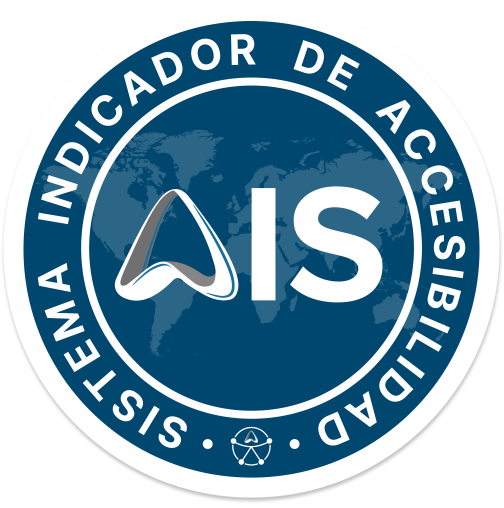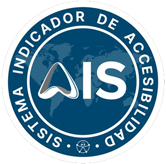Accessibility is not only a matter of inclusion, it is also a key strategy for managing legal and reputational risks. In public buildings, such as offices, hotels, shopping malls, hospitals or universities, it is necessary not only to comply with accessibility regulations, but also to go beyond them to avoid consequences.
Although regulations vary from country to country, the legal and reputational effects tend to coincide in several key dimensions: economic sanctions, administrative limitations, legal actions and discrimination lawsuits, and reputational and social impact.
Four dimensions of legal risks due to lack of accessibility
Financial penalties for lack of accessibility
National and international regulations make it mandatory to guarantee the accessibility of built spaces, incorporating economic sanctions for non-compliance.
These fines vary depending on the country of application. For example, in the case of Spain, fines for non-compliance with the Royal Legislative Decree 1/2013 on accessibility and non-discrimination of persons with disabilities range from €301 to €1,000,000 depending on the seriousness of the infringement.
Administrative limitations due to non-compliance with accessibility
If a space does not comply with accessibility regulations, depending on the country and geographic region, it may face a denial or withdrawal of opening and operating licenses; and temporary or definitive closures until the deficiencies are corrected.
For example, in Chile, universal accessibility is mandatory for obtaining an opening license or for the construction of commercial premises, and is mainly governed by Supreme Decree No. 50 of 2015 of the Ministry of Housing and Urbanism.
In addition, companies may encounter obstacles in accessing international certifications (LEED, WELL, BREEAM), which already include accessibility as a criterion.
Discrimination lawsuits and legal actions
A non-accessible space may be considered exclusionary and may give rise to lawsuits by persons with disabilities. Individuals with disabilities or groups may file civil lawsuits alleging unequal treatment.
In addition, lack of accessibility can lead to accidents: inadequate ramps, insufficient signage or physical barriers that compromise safety. This leads to the risk of damages if the lack of accessibility leads to exclusion or accidents.

Reputational and social impact
Accessibility protects the organization not only against legal sanctions, but also against image crises or conflicts with social groups.
We are talking about public complaints and social pressure from associations of people with disabilities, negative media coverage that damages the institutional or corporate image, and loss of confidence on the part of customers, users and investment partners.
How to reduce legal accessibility risks: AIS certification
The AIS (Accessibility Indicator System) certification, created and managed at international level by Fundación para la Accesibilidad y la RS, becomes a strategic tool to prevent these legal risks, demonstrate regulatory compliance and reinforce the confidence of investors, clients and stakeholders in any global market.

Certification: consulting + audit
Opting for AIS means opting for an independent system that guarantees results based on an international standard. The certification process involves different actors, who act autonomously, offering a result that is audited and verified by Fundación ARS, the creator and international manager of AIS.
High degree of accessibility with AIS: increased legal security
The truth is that compliance with regulations is not enough; spaces must go a step further and opt for excellence, which gives them greater security in the face of regulatory changes and increased social demands.
Thus, the highest AIS ratings, the four and five stars, not only open doors for everyone, but are also a guarantee for building managers: less legal risks, more legal certainty and greater social and economic value.

Transposition
The AIS System has a transposition protocol whose usefulness is precisely to ensure compliance. It involves crossing the AIS International standard with the specific legislation of a country, providing the certified entity with two certificates, international and national, and reporting the degree of accessibility of the asset both at international level and in comparison with the country’s regulations.

